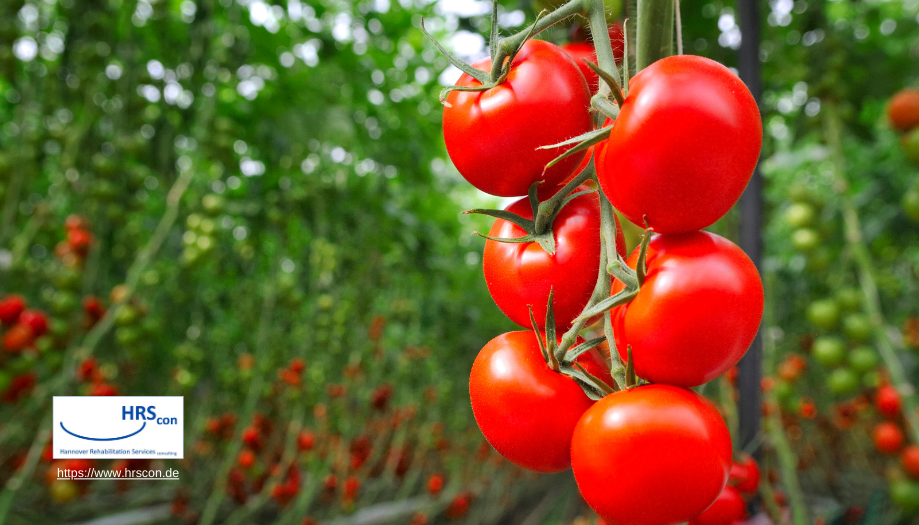Wheat is one of the world’s most important crops, providing essential calories and protein for billions of people. As global food demand grows, so does the need for efficient and sustainable agricultural practices. Recent studies have shown that nitrogen—an essential nutrient for plant growth—plays a critical role in wheat development, especially in relation to plant height. Plant breeders are exploring ways to optimize nitrogen use in wheat production, aiming to boost yields and reduce environmental impact.
The Role of Plant Height in Wheat Production
Plant height is a crucial factor in wheat farming. Taller wheat plants may be more prone to lodging, a phenomenon where plants fall over due to wind, rain, or heavy growth, which can significantly reduce yield quality and quantity. To prevent this, breeders often select for shorter plant varieties with high yield potential. However, finding the right balance is challenging, as reducing plant height can sometimes impact yield. Nitrogen application has a direct effect on plant height and, consequently, on the productivity and sustainability of wheat farming.
How Nitrogen Impacts Wheat Growth
Nitrogen is an essential nutrient for all plants. In wheat, it promotes vegetative growth, which can increase plant height. However, excessive nitrogen can lead to overly tall plants, increasing the risk of lodging and yield loss. On the other hand, too little nitrogen can stunt growth and reduce yields. The challenge for wheat farmers and breeders is to determine the optimal nitrogen levels that support robust growth without increasing lodging risks.
To address this, scientists have conducted genome-wide association studies (GWAS) to investigate the genetic basis of plant height in wheat under different nitrogen conditions. By understanding the genetics behind plant responses to nitrogen, breeders can develop varieties that are optimized for both yield and resilience.
Using GWAS to Uncover Wheat’s Genetic Secrets
GWAS is a powerful tool that helps scientists identify the specific genes associated with important traits, such as plant height. In recent studies, researchers used GWAS to analyze wheat varieties from different regions and observe how they responded to varying nitrogen levels. This approach enabled them to find specific genetic markers associated with plant height and nitrogen response.
By examining these markers, scientists discovered several genes that regulate plant height in wheat. Some of these genes are “dwarfing genes,” which produce shorter, sturdier plants that are less likely to lodge. Notably, two key genes—Rht1 and Rht2—play major roles in controlling plant height. Wheat varieties carrying these genes tend to be shorter and are better suited for high-nitrogen conditions.
Key Findings: The Nitrogen Effect Index (NEI)
One of the innovative aspects of this research was the development of the Nitrogen Effect Index (NEI), a measurement that assesses how wheat varieties respond to different nitrogen levels. Researchers found that some varieties responded strongly to nitrogen with significant increases in plant height, while others showed minimal changes. By identifying varieties with stable NEI scores, scientists can recommend wheat types that perform well under different nitrogen conditions, reducing the need for excessive fertilizer use and promoting sustainable practices.
In particular, varieties with a moderate response to nitrogen—those that grow well without excessive height increases—are ideal for farmers. This balance helps optimize yield while reducing the risk of lodging and minimizing environmental impact.
The Future of Nitrogen-Efficient Wheat Varieties
The ultimate goal of this research is to develop nitrogen-efficient wheat varieties that maintain high yields with lower fertilizer requirements. Excessive nitrogen use in agriculture can lead to environmental issues, including water pollution and greenhouse gas emissions. By breeding wheat that requires less nitrogen, farmers can reduce their environmental footprint while maintaining high productivity.
This research also provides valuable insights for breeding programs. By focusing on genetic markers associated with nitrogen response and plant height, breeders can select for traits that lead to better nitrogen efficiency and more resilient crops. This approach not only improves productivity but also contributes to sustainable agriculture practices.
Practical Implications for Farmers
For wheat farmers, understanding the genetic basis of nitrogen response is highly beneficial. With access to nitrogen-efficient varieties, farmers can adjust their fertilizer use, saving on costs and reducing environmental impact. These improved varieties offer farmers the chance to increase yields without the risks associated with high nitrogen levels.
Conclusion
As global demand for wheat continues to grow, optimizing crop production while maintaining environmental sustainability is more critical than ever. Studies like this are paving the way for a new generation of wheat varieties that are both high-yielding and resource-efficient. With continued research and breeding efforts, nitrogen-efficient wheat could become a staple in sustainable agriculture, helping to feed a growing world population while protecting the planet.




